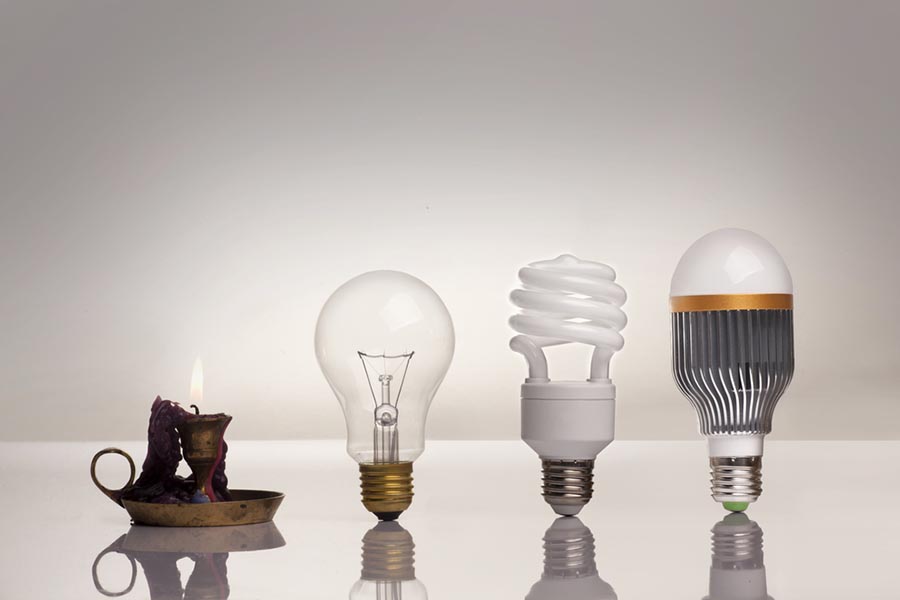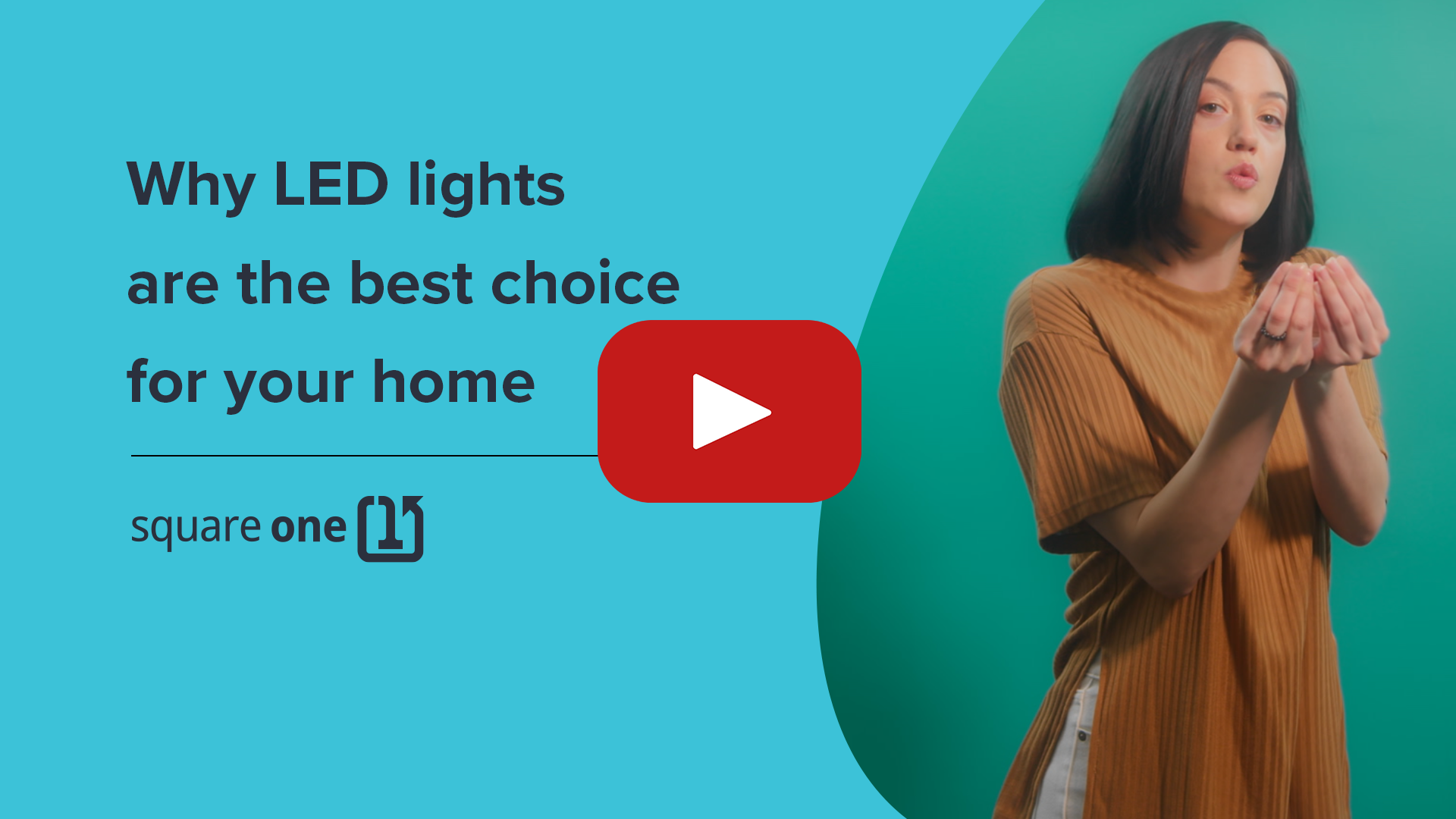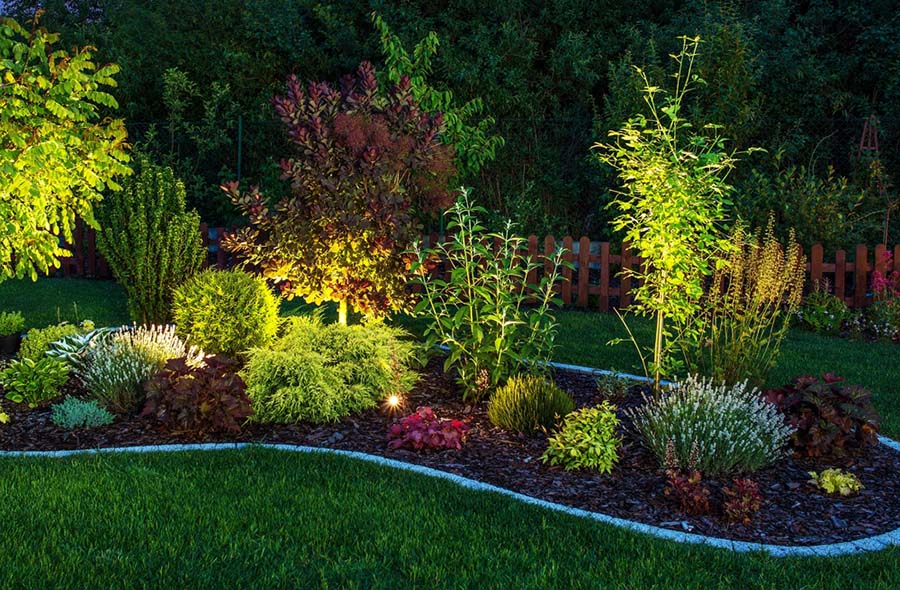The important points
- LED lights are efficient, long-lasting, and a massive improvement over outdated incandescent bulbs.
- LED brightness is measured in lumens, not watts.
- LED lights are available in a broad range of colour temperatures, which are measured in kelvins.
What’s different about LED lighting?

LED light is measured in lumens rather than watts. The higher the number of lumens, the more white light the bulb will emit.
LED lights also provide a broad range of colour temperatures and options. Colour temperature is measured in kelvin units. The lower the kelvin number, the more yellow the light. A colour temperature of 2,500-3,000 K denotes a yellowish hue, similar to the incandescent light bulb, which mimics the warm glow of sunlight.
At the other end of the spectrum, 6,500 K light has a blue hue. You can find LED lighting in a variety of hues. Therefore, you can easily vary the type of light your lamps and fixtures provide, depending on the room.
The environmental benefits of LED lighting
In their early days, LED bulbs were expensive. Couple that with a natural human resistance to change, and it was clear why their use wasn’t more widespread. Today, however, better manufacturing processes and economies of scale have made the lighting affordable. The bulbs are still more expensive than incandescent light bulbs, but they are more cost-effective because of their longevity.
Today, with all the concern about our changing environment and worries about pollution and energy conservation, you can feel good about using LED lighting, because it is energy-efficient. When you use a 60-watt incandescent light bulb, for example, it uses about 525 kilowatt-hours of energy annually. The comparable 60-watt LED bulb only uses approximately 65 kilowatt-hours of energy each year.
Carbon dioxide, a harmful waste product that is a major pollutant, is produced when electricity is generated. The less energy needed by a lightbulb, the less CO2 that is produced.
The efficiency of LED lights

An LED bulb is generally 80 to 90 per cent efficient, meaning that 80 per cent of the electrical energy is converted to light, with only 20 per cent lost as heat. For an incandescent bulb, the reverse is true: 20 per cent of the electrical energy used in converted to light and the remaining 80 per cent is lost to heat.
Given that LED bulbs don’t produce as much heat as incandescent bulbs, they burn cooler and are safer to use. Another ecologically friendly feature of LED bulbs is their composition. They are made of non-toxic materials and are 100 per cent recyclable.
LED lighting is also more cost-effective and convenient than incandescent or fluorescent lighting. LED lights are solid-state lights and are more stable light sources than incandescent or fluorescent lights, making them much longer-lasting. For example, a standard incandescent bulb has a longevity of about 750 hours while a comparable LED bulb can last between 50,000 and 100,000 hours. 100,000 hours translates to 11 years of operating continuously; imagine not changing a light bulb for more than a decade!
This longevity makes them perfect for hard to reach areas, such as in an atrium or a room with a cathedral ceiling.





